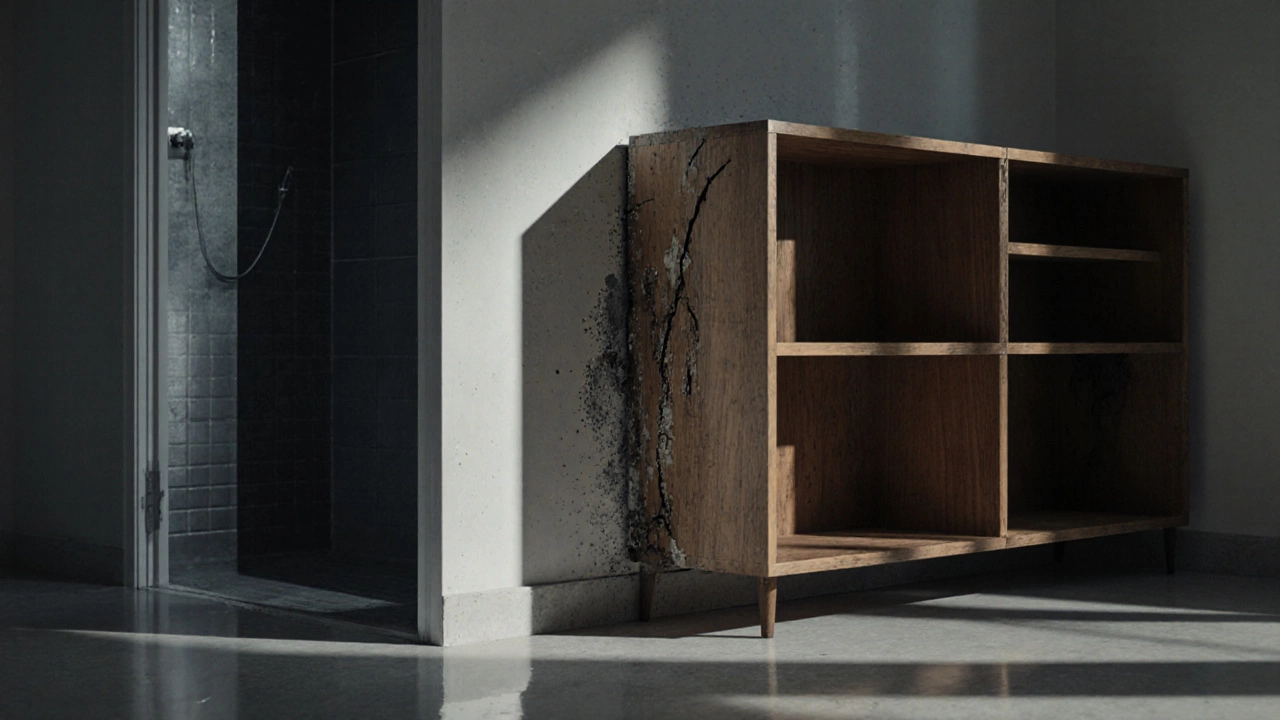Avoid Bookshelf Problems – Tips for Stable, Safe & Stylish Shelving
When working with bookshelf problems, issues like wobbling, sagging, or wall dents that happen when shelves aren’t set up correctly. Also known as shelf instability, it usually stems from poor wall anchoring, exceeding weight limits, or using the wrong material. Fixing these three factors stops most headaches before they start.
Key Steps to Prevent Shelf Issues
First, secure the unit to studs or use heavy‑duty toggle bolts. A shelf that’s firmly tied to the wall can handle far more load and won’t tilt when you push a book in. Look for anchors rated for at least twice the expected total weight – that safety margin saves you from surprise failures. If you can’t locate studs, choose a metal bracket with a spread‑anchor design; it spreads force across a larger area and reduces wall stress.
Second, respect the weight limits specified by the manufacturer. A quick rule: divide the total load by the number of brackets, then compare that figure to each bracket’s rating. Heavy reference books belong on the bottom shelf, while décor and light reads go up top. Even distribution keeps the centre of gravity low, preventing the whole unit from rocking when the door swings open.
Third, think about the shelf material. Solid bamboo or hardwood can bear more weight than particleboard, and they resist warping in humid rooms. If you love the eco‑friendly vibe of bamboo, check the thickness – at least 18 mm is a good baseline for durability. Metal frames add rigidity, especially for long, floating shelves that span wide walls.
Fourth, plan the placement wisely. Avoid high‑traffic zones where accidental bumps are common. Corner installations benefit from L‑shaped brackets that lock both walls together, eliminating the wobble that a single‑wall mount can cause. Keep shelves away from direct sunlight and moisture; UV rays can fade finishes, while humidity can weaken adhesives and cause sagging over time.
Finally, add a finishing touch with decorative but functional accessories. Non‑slip pads under heavy items, adjustable shelf pins, and a thin rubber strip on the back edge can all improve stability without altering the look. When all these pieces click together, you’ve turned a potential problem into a reliable, stylish feature of your home.
Below you’ll find a curated set of articles that dive deeper into each of these areas – from detailed anchoring guides to material‑specific buying tips – giving you everything you need to keep your shelves sturdy and stress‑free.
Top Mistakes: Where Not to Put Your Bookshelves
Learn where NOT to put bookshelves, why those spots cause damage, and how to choose the perfect, safe location for lasting style.
View more